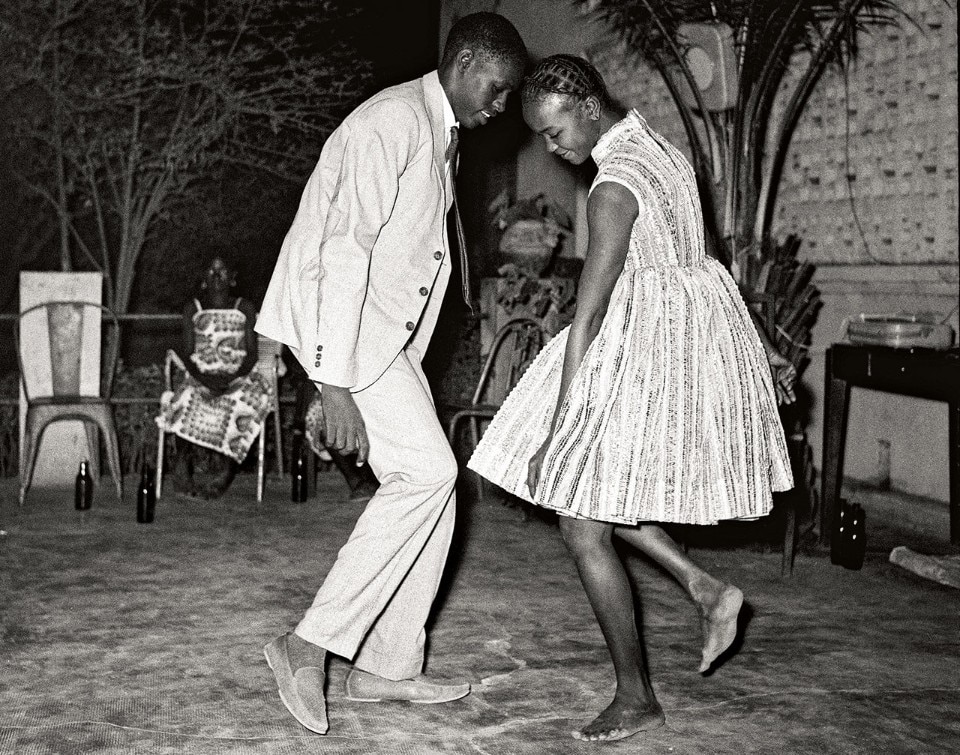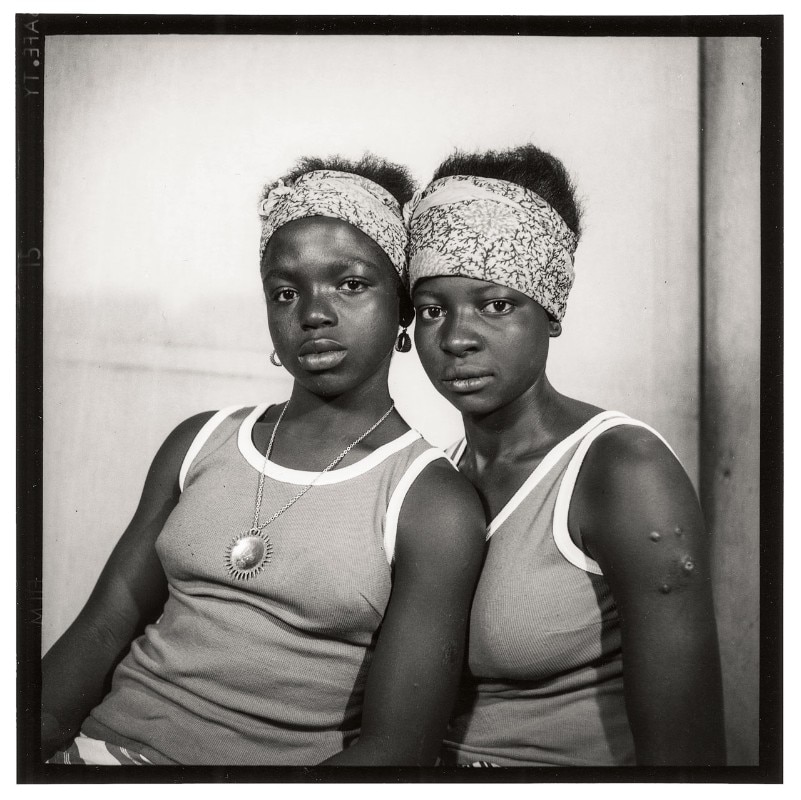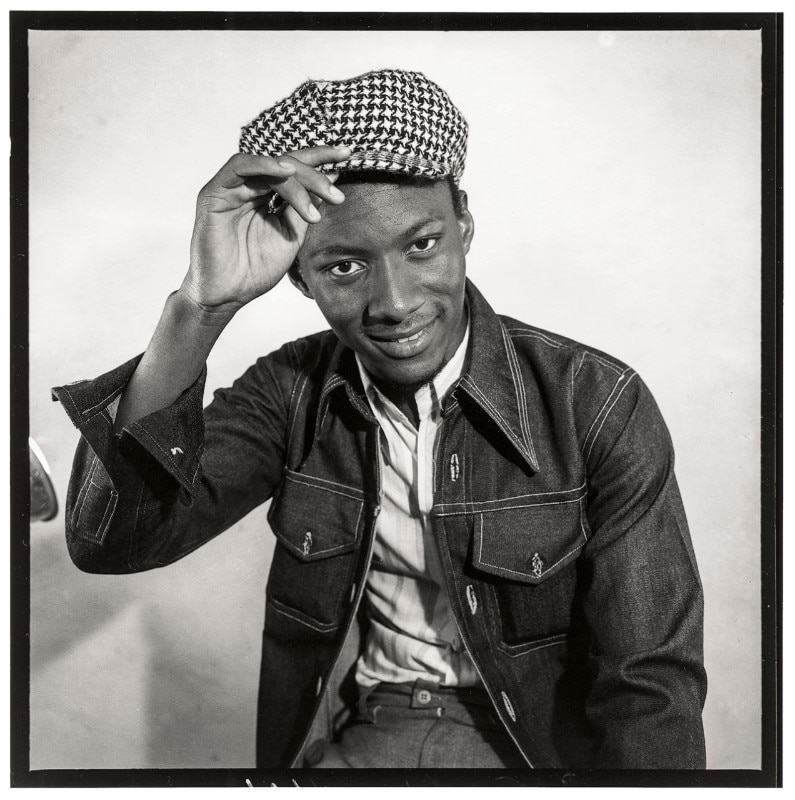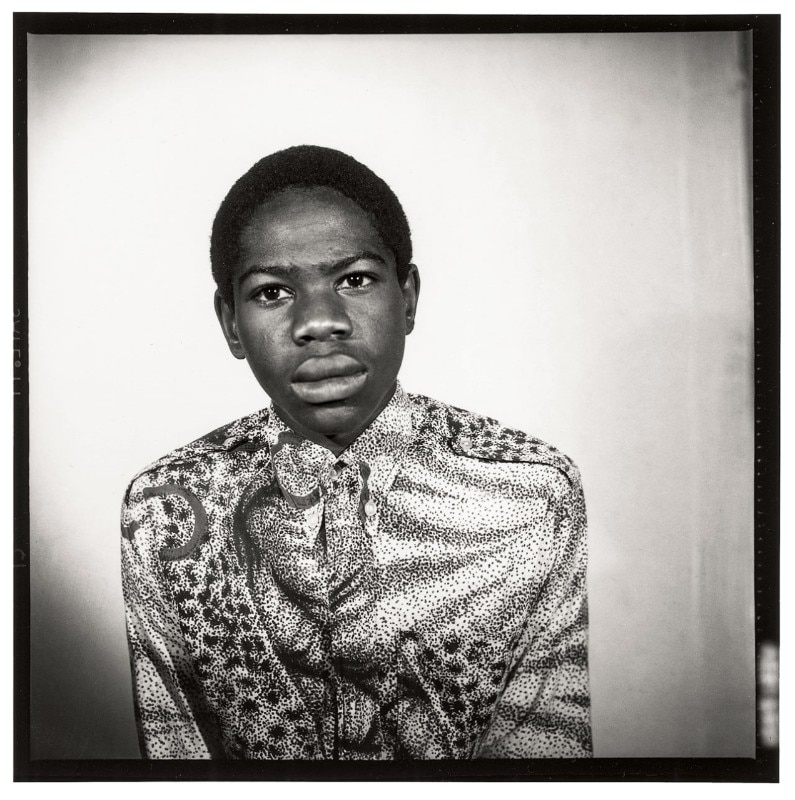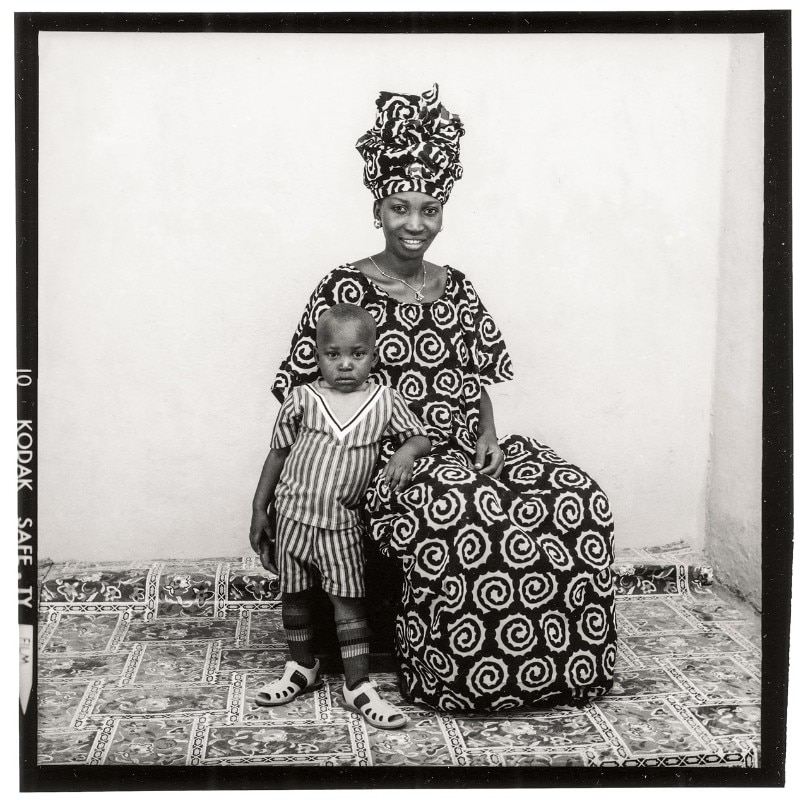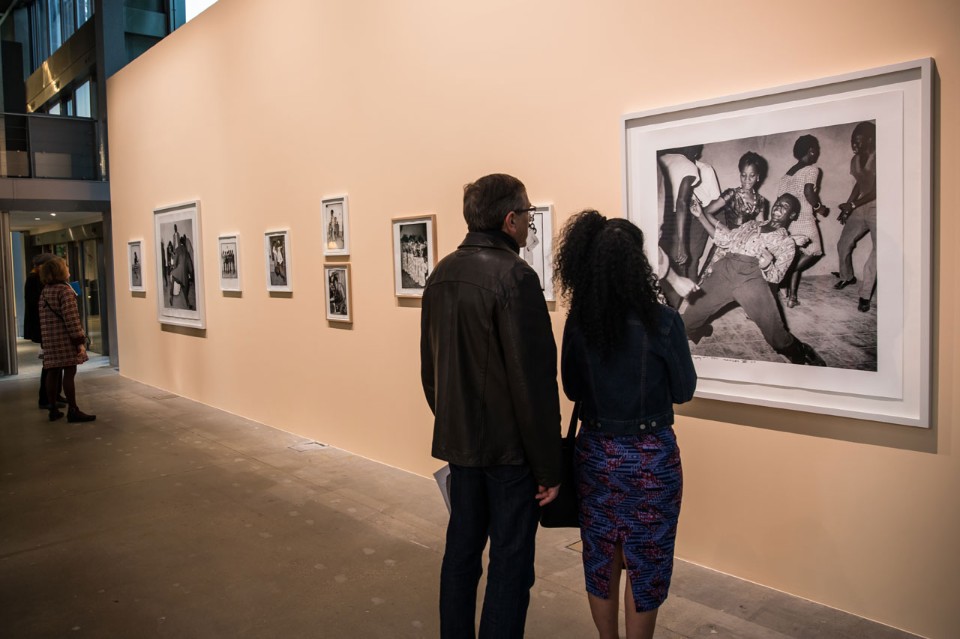The Fondation Cartier for Contemporary Art has long nurtured close ties with African artists. It puts on many important exhibitions reflecting the vitality of the artistic scene, especially in sub-Saharan Africa. Among them, “Beauté Congo” set a fashion and gave rise to attempts at imitation. Malick Sidibé (1936-2016) is one of the artists the Parisian foundation regularly supported with great conviction, starting with a first solo show in 1995. Curated by André Magnin, this exhibition is an unmissable event, showcasing Sidibé’s work on the contemporary global scene.
The quality of the material on display is outstanding. Almost 300 photographs retrace the genealogy of a distinctive style, with magnificent vintage prints and original formats. Like the photography of his compatriot Seydou Keyta, his work has become an enduring, recognisable and highly prized achievement.
Titled “Mali Twist”, the exhibition opens with a magnificent plunge into Sidibé's studio, recreated here and accessible to the public. Inside, visitors can take photos of themselves and complete them with the decorations and accessories supplied, then post them with the hashtag #studiomalick. The show is music for the eyes and ears (with its wonderful soundtrack streaming on Deezer). It is a dream of immersion in the atmosphere of the sweet life in Bamako, the capital of Mali.
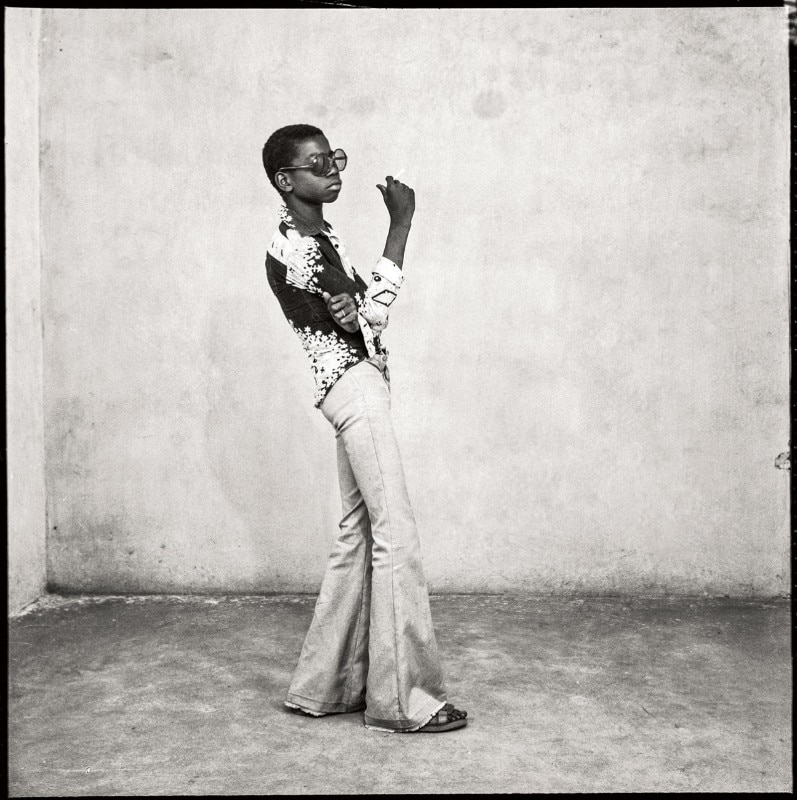
 View gallery
View gallery

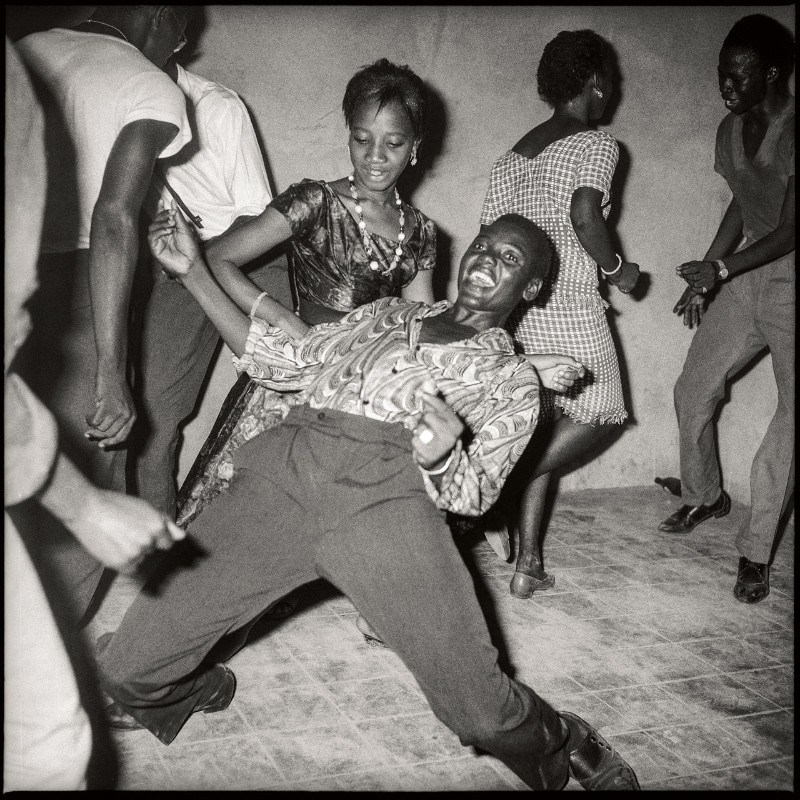
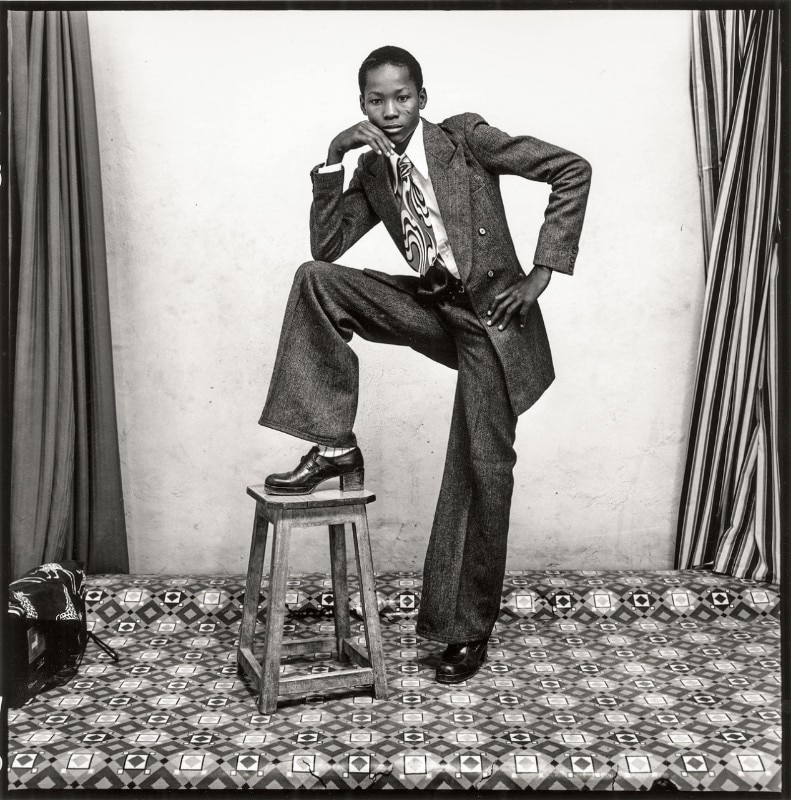
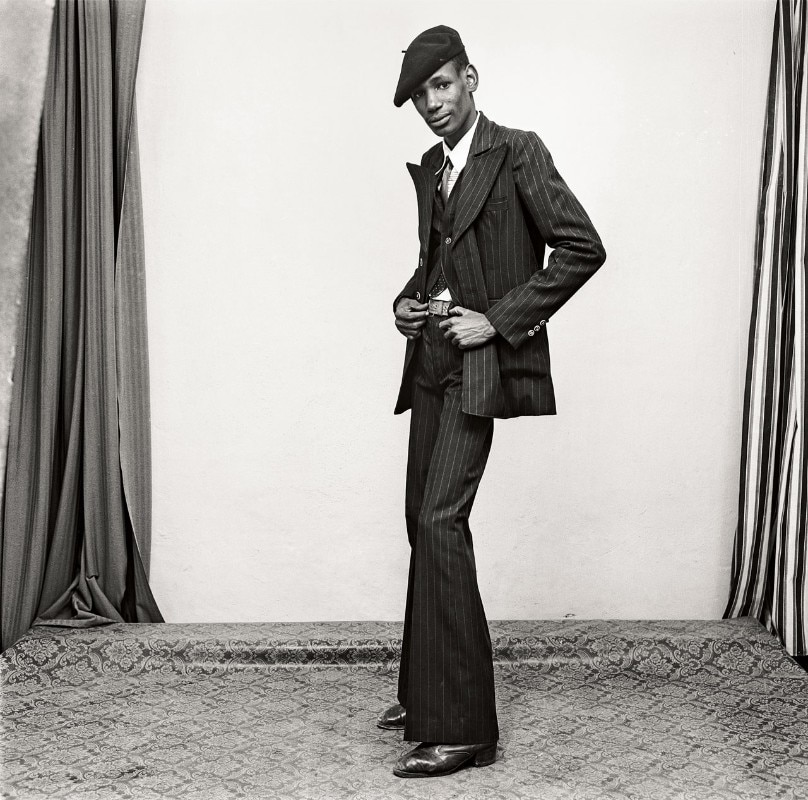
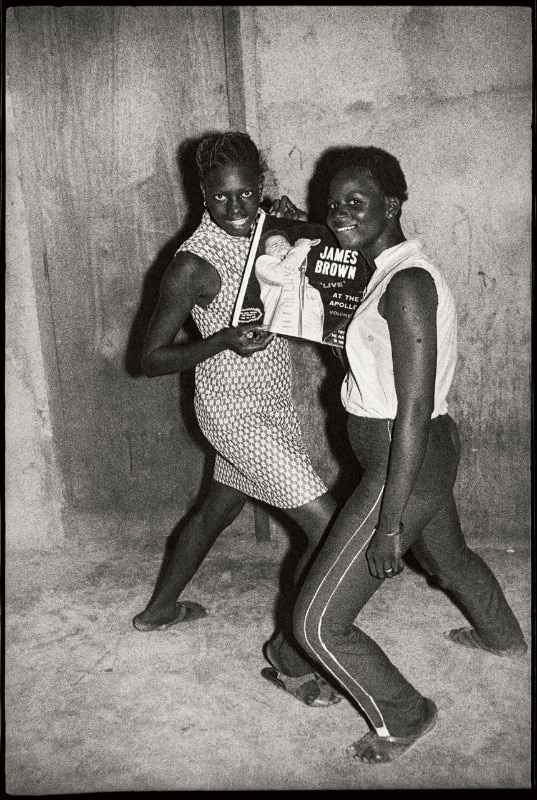
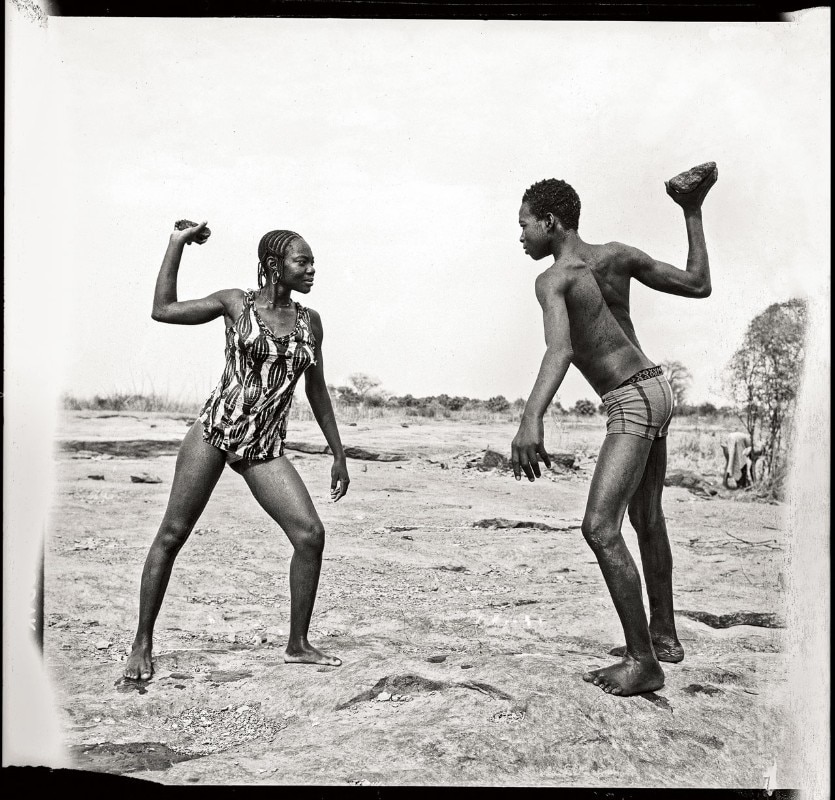
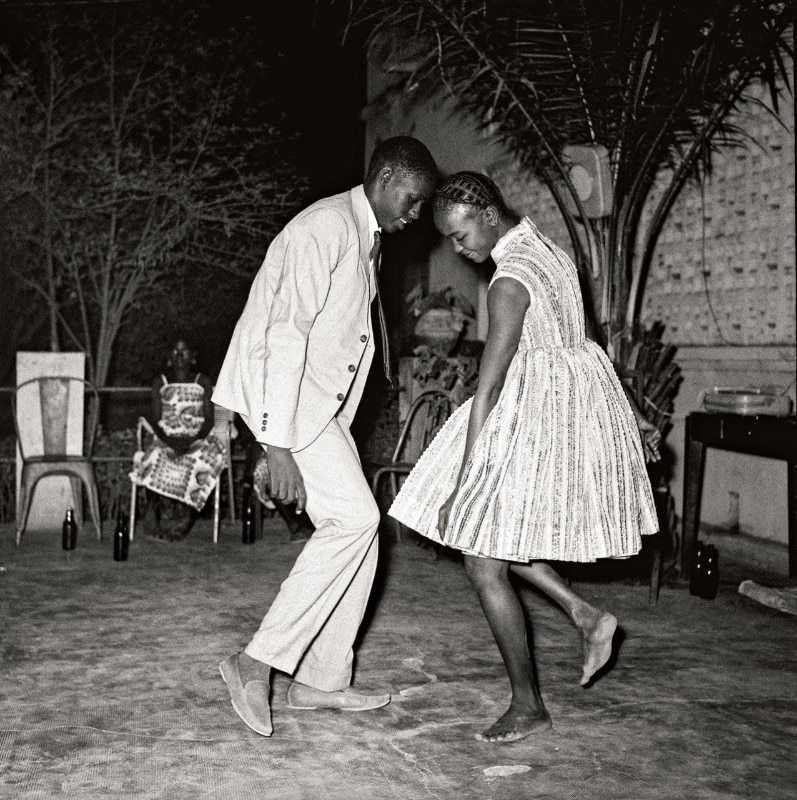
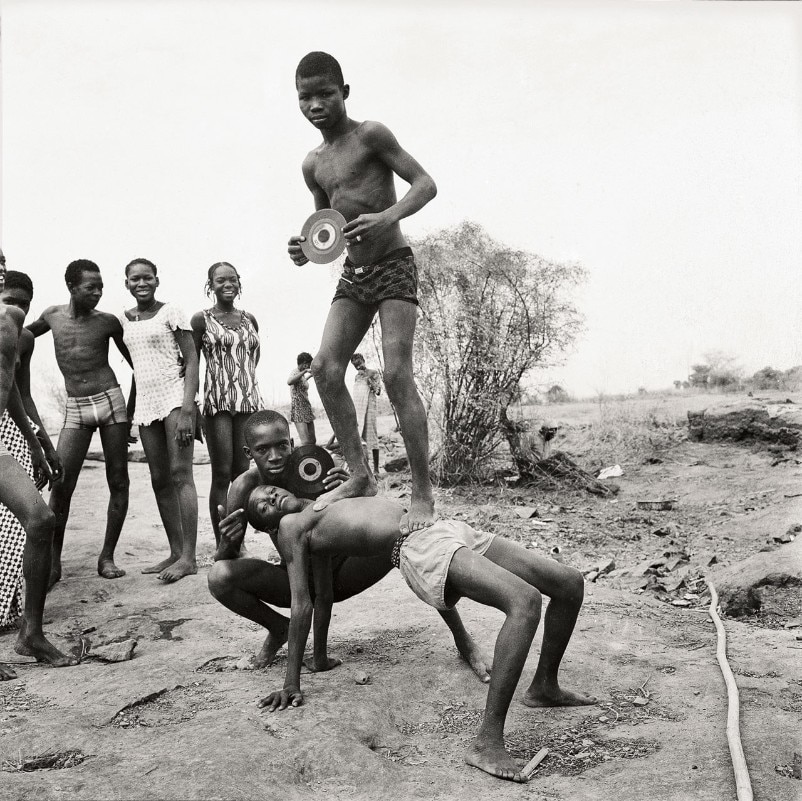
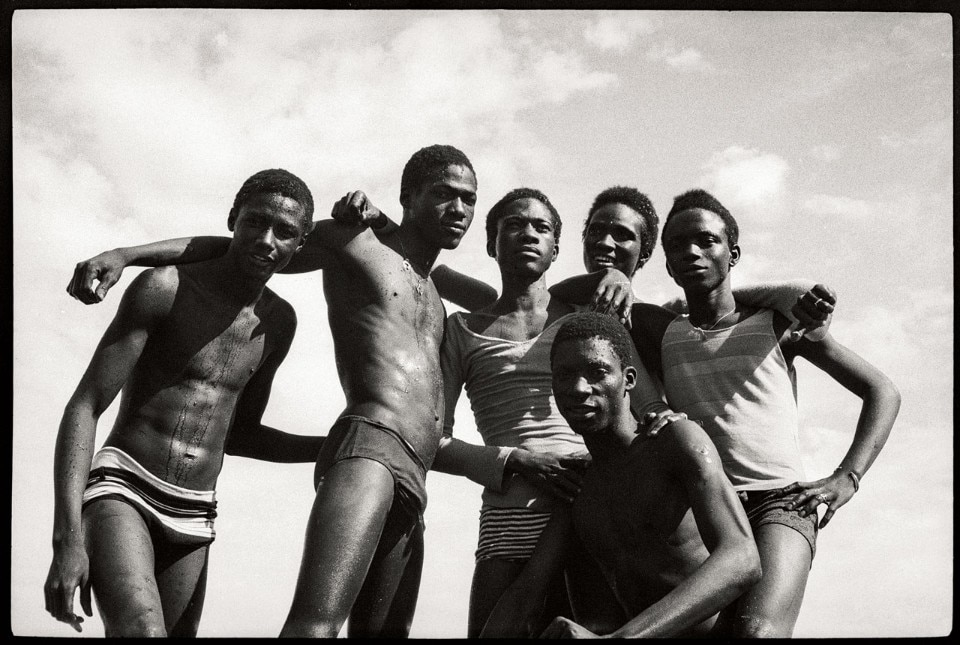
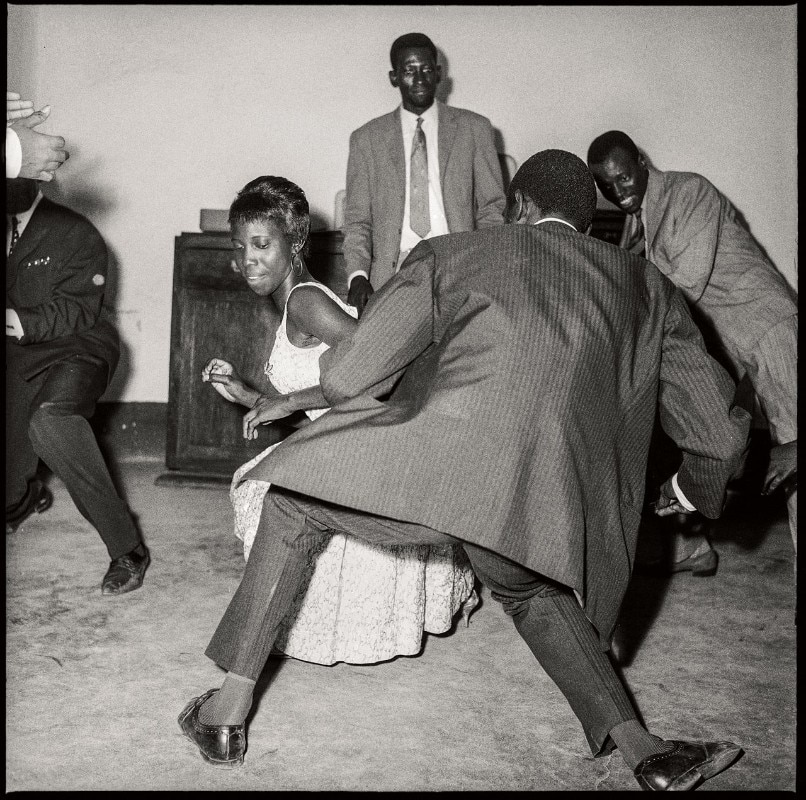
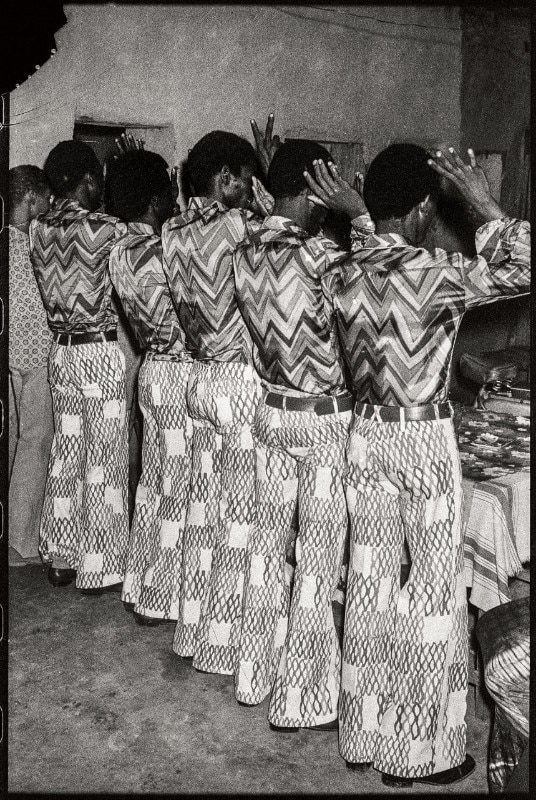
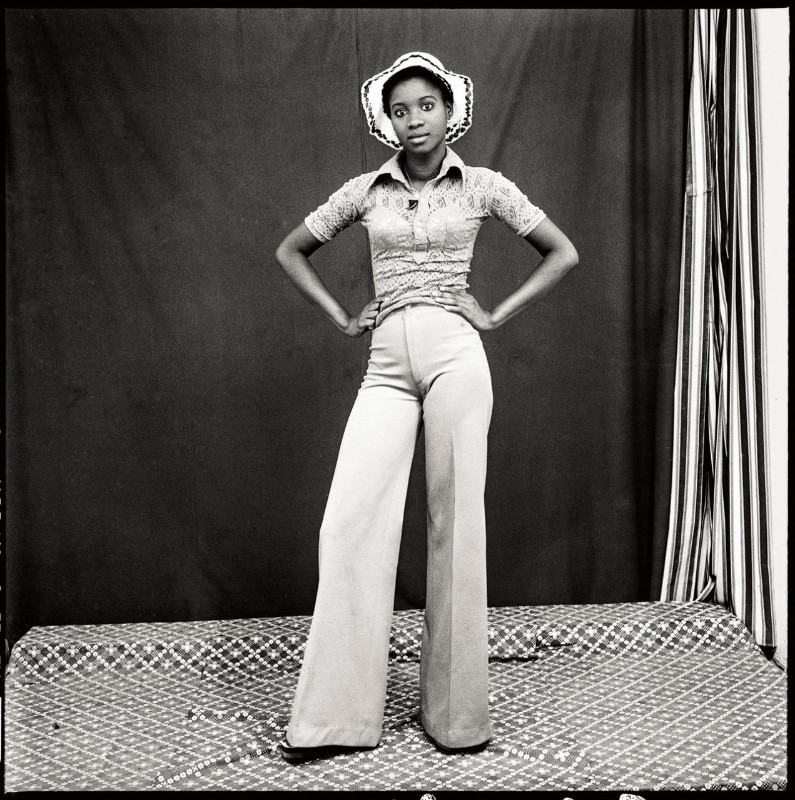
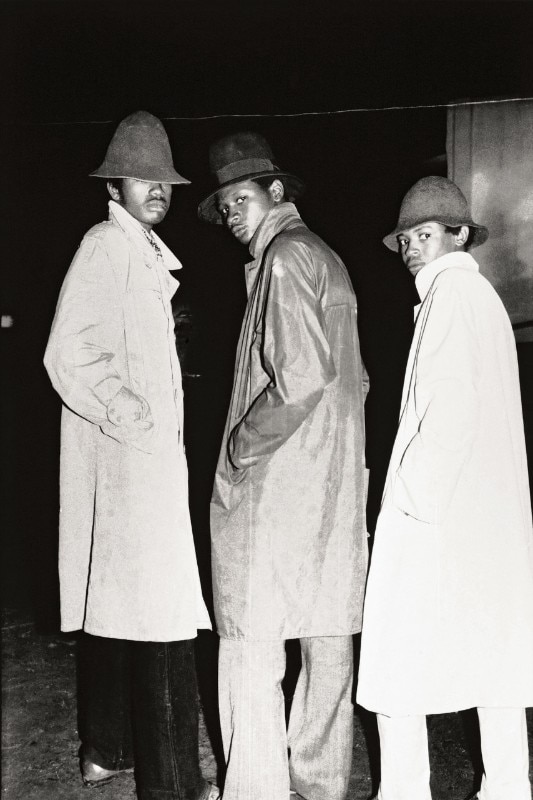
Sidibé’s Rolleiflex, sculpted in wood by the Ghanaian artist Paa Joe, reflects the region's love of funerary sculptures and is closely bound up with the complexity of the African milieu. In 1968, Moussa Traoré’s Committee for National Liberation seized power and swept away Mali’s nightlife. The new 1974 constitution and the rise of one-party rule forced Malick Sidibé to return to his original studio work as a portraitist. It marked the end of his social reportage, which endures as an indelible record of the political dream of equality in his country. His work was far more than a breath of fresh air for civil society, which continued to be the victim of a divided and corrupt military caste.
Despite the lightness of his images and enchanting subjects, his photography remains strongly political. The fascination with nights spent in clubs, dominated by Afro-Cuban music, the swing and pop spirit of musicians such as Boubacar Traoré, in the photographer’s images became a veritable manifesto of freedom for the restless adolescents of modern Africa. Depicting moments of intimacy among young people, they have the capacity to capture the magic instants when, in symmetrical harmony, bodies become icons of absolute freedom against the imposition of all tribal or colonial power. Malick Sidibé was the ally and narrator of a whole country, to which he gave his photos as if they were a secret weapon. They project the profound content of a glittering world. Glamour was the arsenal of a generation over which political and religious control spread relentlessly in the years to come. An example is the iconic photo Christmas Eve (1963) at the Happy Club. By including it in the 100 most important shots of all time, Time Magazine transmitted it to posterity. It is much more than just a light and innocent snap of two brothers dancing.
Probably, the path we are following led him closer to Seydou Keyta, the other giant of African photography and some fifteen years his elder. A lovely anecdote in the catalogue tells of André Magnin’s first encounter with Malick Sidibé's photographs when he was researching Jean Pigozzi's collection, today indispensable for understanding contemporary African art. Magnin arrived in Bamako in 1992 with three photographs of the “African Explorers” exhibition held at the Center for Africa Art, New York. The caption stated: “1950 unknown African photographer”. It was Malick Sidibé who dispelled the anonymity surrounding them. He explained: “It’s Seydou Keïta, he had his studio in Bamako-Coura. He still lives there. I met him… on his wedding day. He’d arrived in a Simca Versailles, I was impressed.” The episode is curious. It is rather like the circular founding myths of some tribal cosmogony. Jean Pigozzi is not only one of the world’s leading collectors of African art, but also the heir to the founder of the French automaker Simca.
Let’s smile as we finally enjoy the gaze and seductive power of African photography. André Magnin and Jean Pigozzi have amplified Malick Sidibé’s success. And let’s hope that this retrospective gives him the same prominence offered to Seydou Keita, celebrated at the Grand Palais last spring.
© all rights reserved
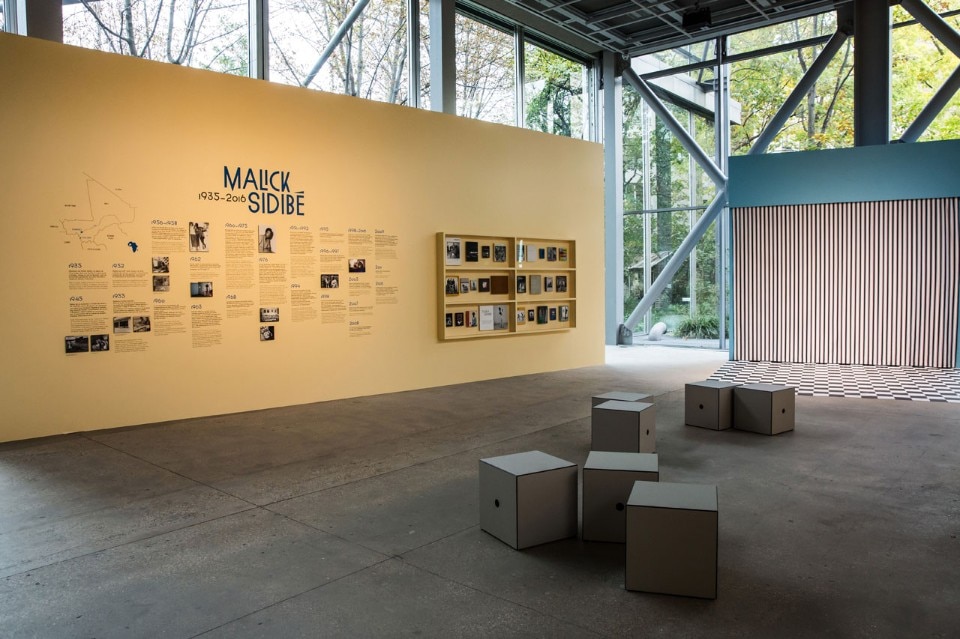
 View gallery
View gallery

exposition Mali Twist
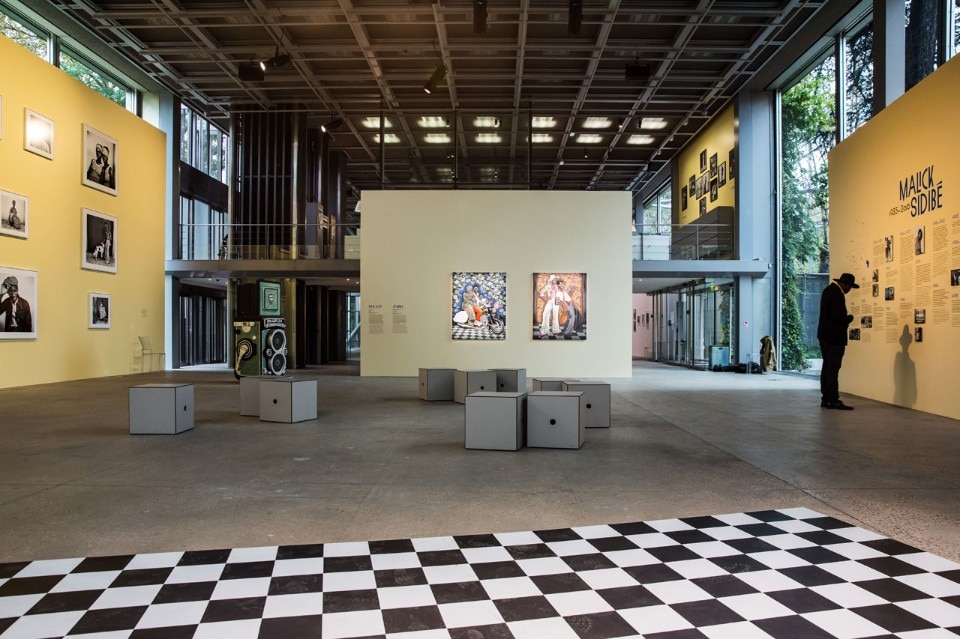
exposition Mali Twist
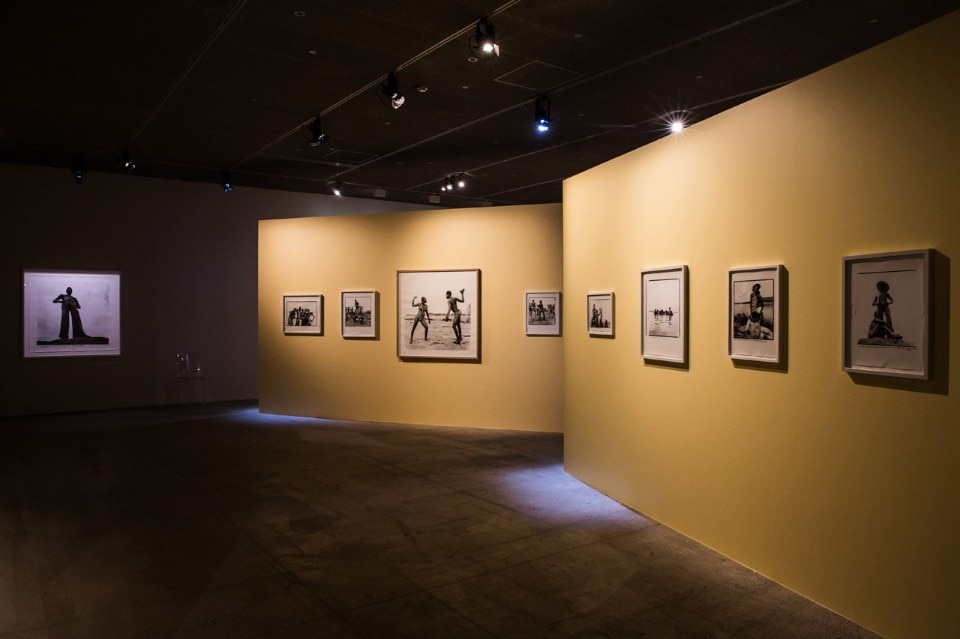
exposition Mali Twist
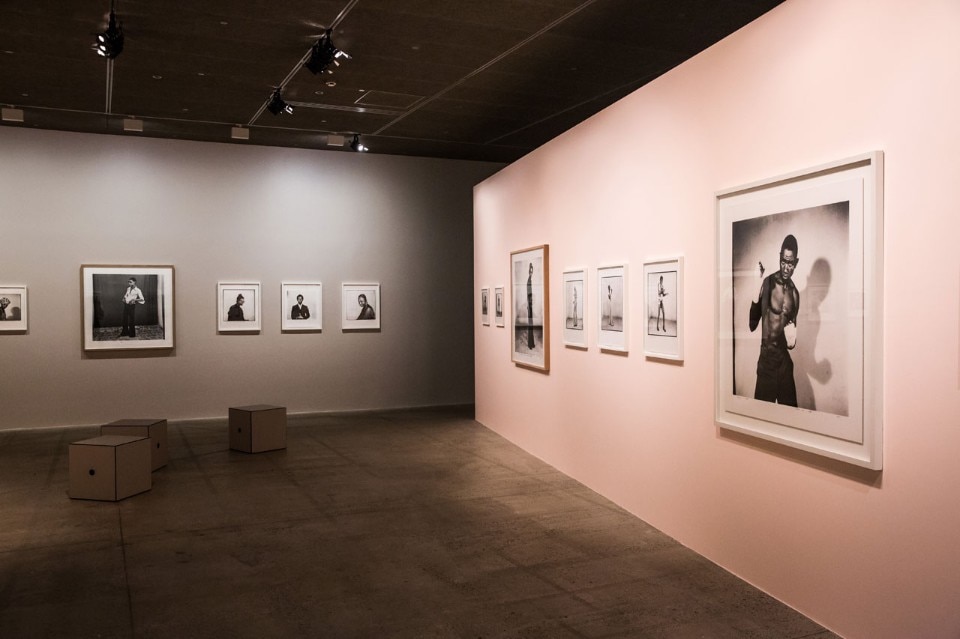
exposition Mali Twist
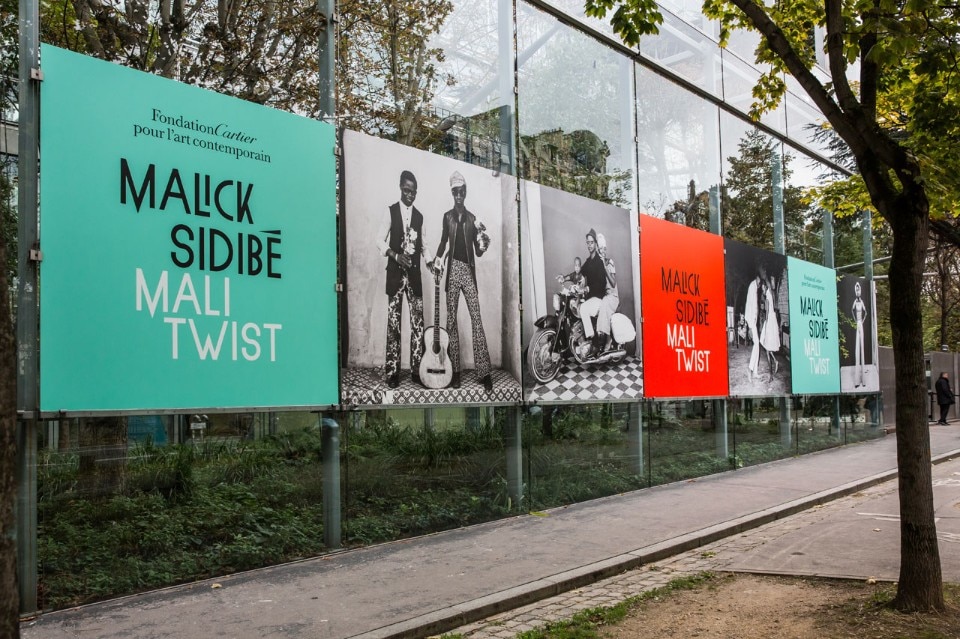
exposition Mali Twist
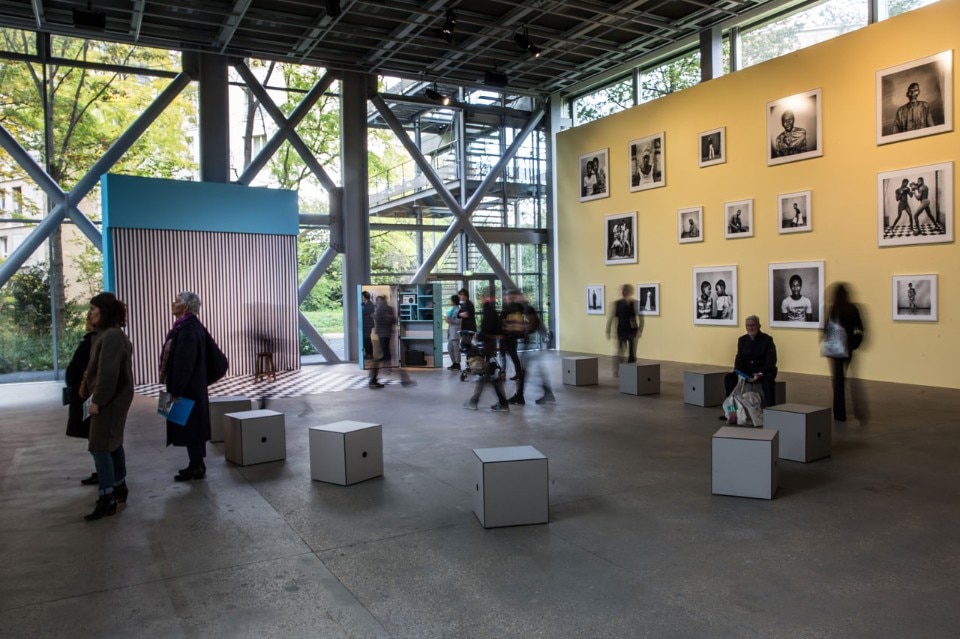
exposition Mali Twist
- Exhibition title:
- Malick Sidibé Mali Twist
- Opening dates:
- 20 October 2017 – 25 February 2018
- Curators:
- André Magnin with Brigitte Ollier
- Exhibition venue:
- Fondation Cartier pour l’art contemporain
- Address:
- 261, boulevard Raspail, Parigi


